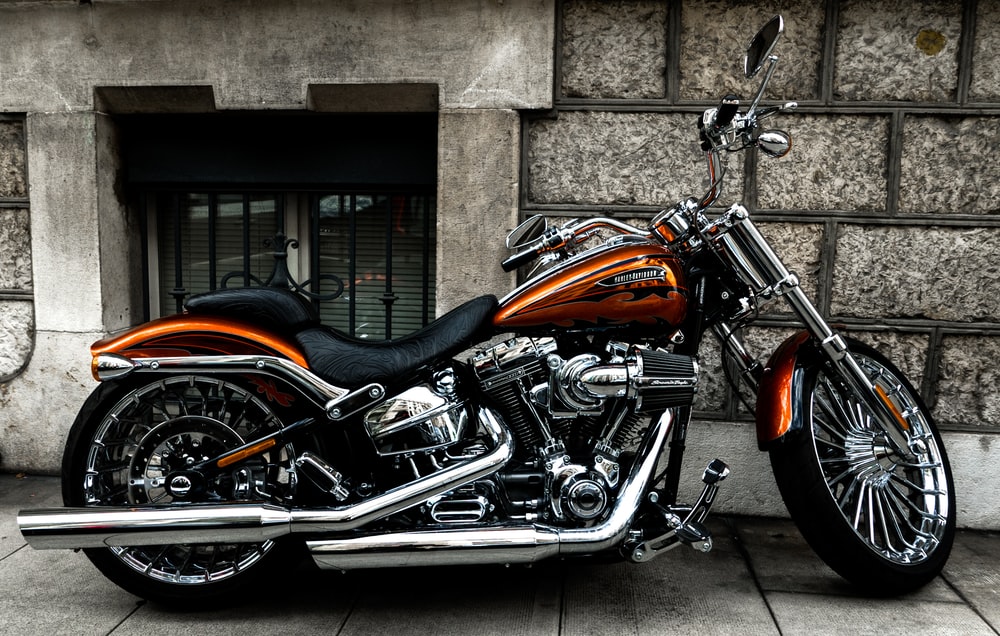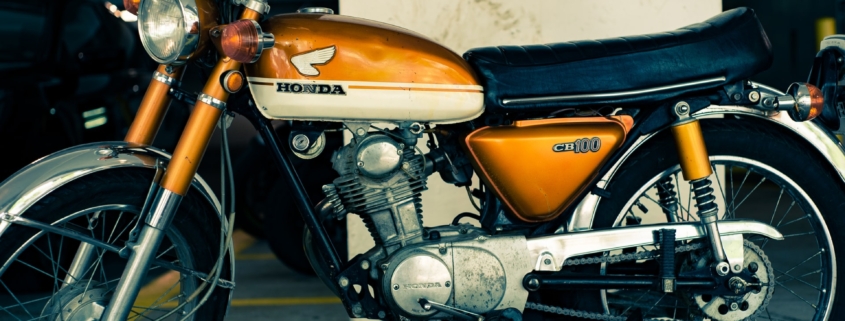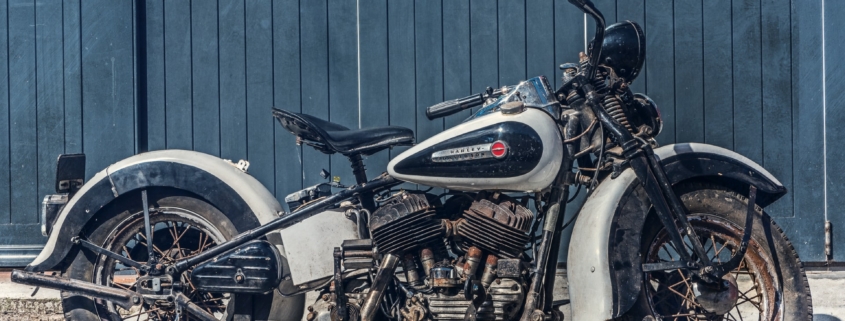Are you looking to sell your motorcycle but need help doing it safely online? With the convenience of online selling comes the risk of scams and fraudulent buyers. That’s why knowing how to safely sell my motorcycle online is essential.
This guide is a comprehensive resource on the secure online sale of your motorcycle. It encompasses everything you need to know, from selecting the appropriate website to listing your motorcycle and completing the transaction securely.
We will delve into crucial topics, including crafting an engaging listing with descriptive photos, handling inquiries from prospective buyers, and vetting buyers to ensure a safe and successful sale.
Whether you’re a seasoned or a first-time seller, our guide will equip you with the knowledge and tools to sell your motorcycle safely and confidently. So let’s dig deeper to find the answer to “How to Safely Sell My Motorcycle Online.”
How to Safely Sell My Motorcycle Online — Preparing It for Sale
Preparing your motorcycle for sale is a crucial step when safely selling your motorcycle online. Because you try to attract potential buyers to maximize your profit, here are some tips to get your motorcycle in top condition for sale:
Clean your motorcycle thoroughly.
Ensure your motorcycle is clean and shiny before taking photos for your listing. It will make it more visually appealing to potential buyers.
Repair any visible damages.
Check for any damage, such as dents, scratches, or broken parts, and repair them before listing your motorcycle for sale. This will enhance its value and render it more appealing to prospective buyers.

Perform basic maintenance.
Make sure your motorcycle is in good working condition by performing basic maintenance. It can include changing the oil and checking the tires, brakes, and fluids. This will give potential buyers confidence in the condition of your motorcycle.
Remove personal items and accessories.
Remove any personal items or accessories not included in the sale, such as helmets or saddlebags. This will give potential buyers a better idea of what they are purchasing and help them envision themselves on the motorcycle.
Sett a Reasonable Price and Sell Your Motorcycle for Cash Today
Setting a reasonable asking price is crucial to selling your motorcycle fast and maximizing profit. Here are some tips to help you set the right price for your motorcycle:
Research the Market
Look up similar motorcycles in your area and compare their prices to understand the market value. This will help you determine a reasonable asking price for your motorcycle.
Consider the Condition and Mileage
Consider the condition and mileage of your motorcycle when setting the price. A well-maintained motorcycle with low mileage can command a higher price than a motorcycle with high mileage or visible damages.
Set Price Competitively
Set your price competitively to attract potential buyers. Setting an excessively high asking price could deter potential buyers from making an offer.
Be Willing to Negotiate
Be open to negotiation and willing to adjust your asking price if necessary. This can help you close the sale and get the best deal possible.
Listing Motorcycle on Online Marketplace
Listing your motorcycle on an online marketplace like the Facebook marketplace is essential to reaching a wider audience and attracting potential buyers. Here are some tips to help you create a compelling listing:
Choose the Right Website.
Choose a reputable website to list your motorcycle, such as eBay Motors or The Bike Buyers. They’re one of the best websites to sell a motorcycle online. Each platform has strengths and weaknesses, so choose the one that best suits your needs.
Include Detailed Information
Include details about your motorcycle, including make, model, year, mileage, condition, and any modifications or accessories. This will give potential buyers a better idea of what they are purchasing and increase the likelihood of inquiries.
Take High-Quality Photos
Take high-quality photos of your motorcycle from multiple angles, including the front, back, sides, and close-ups of any unique features. This will help potential buyers visualize themselves on the motorcycle and increase their interest in the listing.
Write a Compelling Description
Write a clear and concise description of your motorcycle, highlighting its best features and unique selling points. Use keywords that potential buyers might search for, such as “low mileage” or “well-maintained.”
Set a Reasonable Asking Price
Set a reasonable asking price based on your motorcycle’s market value and condition. Be willing to negotiate if necessary.
Sell Your Motorcycle Online Safely
Completing the sale safely is the final and most critical step in selling your motorcycle. Here are some tips to help ensure a safe and successful transaction:
Choose a Secure Location.
Arrange to meet in a well-lit public area, such as a parking lot or a police station. Avoid secluded places or inviting the buyer to your home.
Bring a Companion.
Bringing a friend or family member along for added safety and support during the meeting is a good idea.
Confirm the Buyer’s Identity.
Ask the buyer for identification to ensure that it matches their name and contact details.
Confirm the Payment Method
Confirm a secure payment method for selling a motorcycle online with the buyer before the meeting. Make sure only to accept a secure form of payment, such as cash or a cashier’s check.
Provide a Bill of Sale
To document the sale of your motorcycle, prepare a bill of sale that outlines pertinent transaction details. This should include the make, model, and VIN, sale price, and transaction date. Both you and the buyer should sign the document and retain a copy for future reference.
The Bike Buyers- The Best Way to Sell Motorcycle Online!
Still, trying to figure out how to safely sell my motorcycle online? You’ve come to the right place; you can sell your motorcycle safely to The Bike Buyers. We even buy motorcycles with accidental and mechanical damage.
You can get a quote for your motorcycle now. We’re located at 4699 N. Dixie Hwy, Pompano Beach, Florida, 33064, USA. Call us now at +1 8777518019.

























